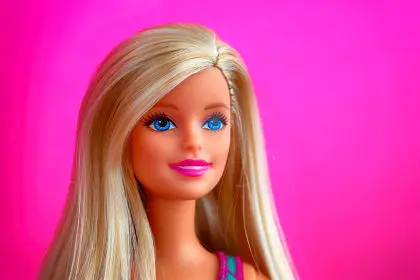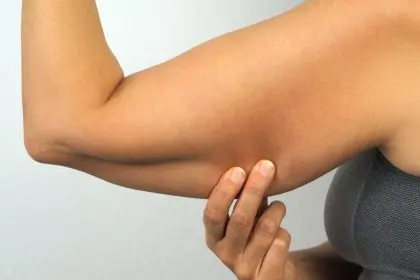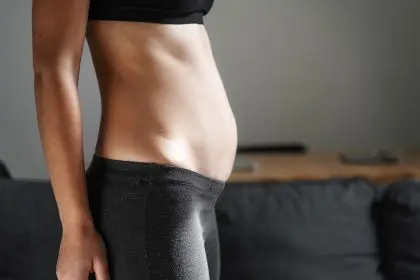Have you ever paused to ponder the marvel of hair transitioning from a vibrant hue to shimmering silver strands? It’s a natural phenomenon that captivates us all, marking a tangible passage of time. The journey of hair turning grey, while a universal experience, hides intricate layers of science behind its captivating transformation. Exploring the underlying reasons behind this shift unveils a fascinating narrative of biological changes.
This metamorphosis, from the richness of youthful color to the elegance of silver, isn’t merely an aesthetic alteration—it’s a testament to the ceaseless evolution within our bodies. Understanding the science behind this transition offers a glimpse into the subtle complexities of our physical existence. Join us as we embark on an enlightening journey into the intricate processes that lead to our locks losing their original color, decoding the mysteries of this natural and inevitable transformation.
Why Does Hair Turn Gray?
The emergence of gray hair is primarily attributed to a natural aging process triggered by the depletion of melanin. Melanin, the pigment responsible for hair, skin, and eye color, is produced by specialized melanocytes. As we age, these cells gradually reduce their melanin production, changing hair color from its original shade to gray and eventually white.
Genetics: The Blueprint of Gray Hair
Genetics plays a significant role in determining when and how quickly hair turns grey. Family history often dictates the onset of greying hair. You might follow a similar pattern if your parents or grandparents experienced premature greying.
Stress and Lifestyle Factors
Contrary to popular belief, stress may not directly cause gray hair but can exacerbate the process. Stress hormones might interfere with melanocyte function, expediting the greying process. Additionally, lifestyle choices like smoking and an unhealthy diet could contribute to premature greying due to oxidative stress on cells, including those responsible for producing melanin.
Medical Conditions and Gray Hair
Certain medical conditions and treatments can also influence the graying of hair. Conditions like vitiligo, an autoimmune disorder where the body attacks its pigment-producing cells, can cause premature graying. Moreover, treatments like chemotherapy, while targeting rapidly dividing cancer cells, might affect hair follicles, leading to temporary or permanent graying.
The Myth of Plucking Gray Hair
There’s a long-standing belief that plucking one gray hair leads to multiple grays sprouting in its place. However, this notion is merely a myth. Plucking one hair doesn’t trigger surrounding hairs to turn gray. However, excessive plucking can damage hair follicles, leading to hair thinning and potentially affecting the texture and appearance of hair over time.
Embracing the Silver Strands
Gray hair, often perceived as a sign of wisdom and experience, is a natural part of aging. While some choose to conceal it with dyes, embracing the change celebrates the beauty in aging gracefully. Various styling options and products are available for those who wish to flaunt their silver strands with pride.
The transformation of hair color from its original shade to gray is a complex interplay of genetics, aging, lifestyle, and environmental factors. While the quest for the fountain of youth persists, understanding the science behind greying hair empowers us to appreciate the natural changes our bodies undergo. Embracing the silver strands becomes a cosmetic choice and a celebration of life’s journey and the wisdom it bestows upon us.
This story was created using AI technology.
















